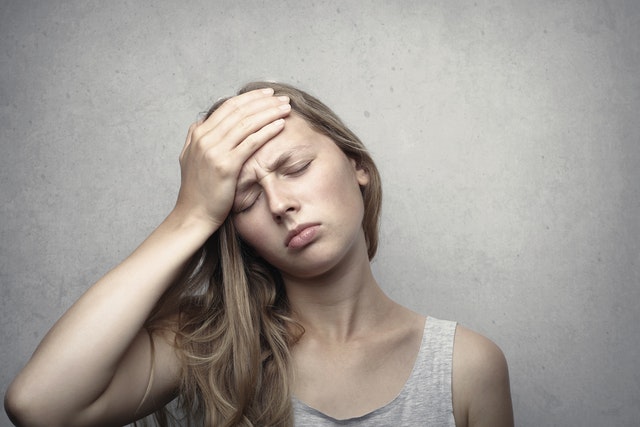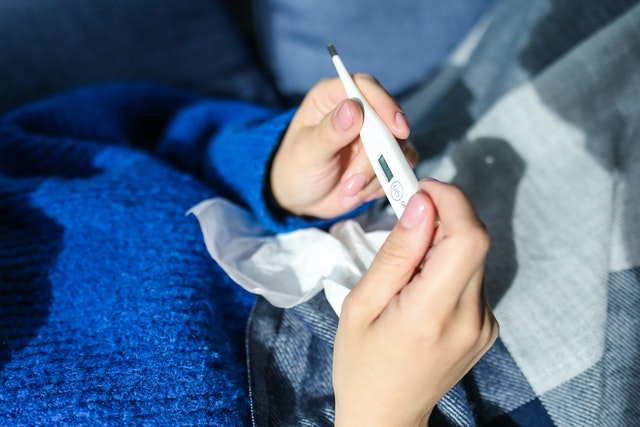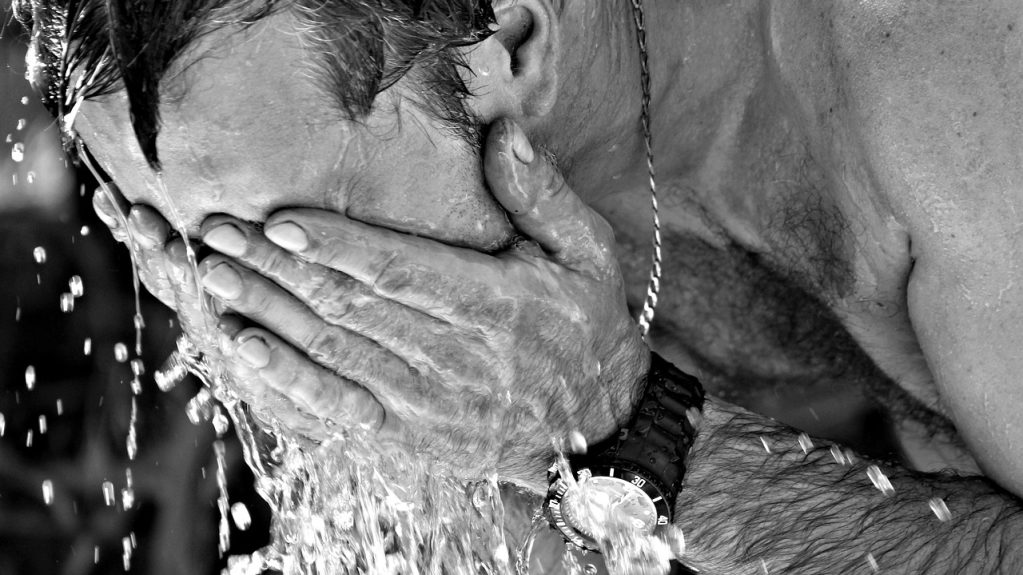One of the most important factors regarding good health is your body temperature. Your body always tends to keep it at a fairly constant level. However, if you somehow lose this balance, your body will get overheated and you will have to suffer from heat exhaustion. A little bit more negligence in this regard will result in heat stroke which is really terrible.
Your overall health depends on the level of homeostasis you keep inside your body. The more you are near to a normal level, the more you are healthy and fit. Besides, the most crucial factor regarding homeostasis is the amount of water you retain in your body. your body must never get overheated due to a lack of water content. Moreover, if your water content is within the normal range, you will keep enjoying good health and vice versa.
Heat Exhaustion: Where does it come from?

Heat exhaustion generally happens when the body is overheating and the body can’t maintain its temperature. It is normally a result of physical pursuit in the heat, and symptoms may include dizziness, confusion, and nausea. It’s best to drink water and rest in a cool place. Furthermore, neglected heat exhaustion can turn into heat stroke —a life-threatening condition.
Heat Stroke: A Life-Threatening Risk
Heat stroke is a life-threatening state that happens when the body fails to regulate its temperature. Also, its core temperature rises dramatically due to disclosure to high temperatures. Besides, long hours in a hot environment or intense physical activity in hot weather with inadequate hydration increase the risk of heat stroke. It is a dangerous form of heat exhaustion
To live a happy and healthy life keep reading this article
Symptoms that you must be aware of
The signs of heat stroke and heat exhaustion—sweating, fatigue, cramps, dizziness, nausea —can develop quickly and progress rapidly.

Further signs are mentioned below
- High-temperature fever of 104 degrees or above
- Fast pulse rate
- Continuous Vomiting
- Hallucination
- High Blood—pressure
- Weakened muscles
- Severe Headache
- Expeditious breathing
- Peculiar behavior
The symptoms may be misapprehended. Although if you observe any of the above-mentioned symptoms on extremely warm days, you must look for medical attention quickly.
Preventions that must be sought
To stay healthy and avoid heatstroke, read the following preventions carefully and follow them wholeheartedly.
Wear Soft and Lightweight Fabric
Try to wear soft and lightweight clothing on extreme summer days. Don’t wear extra clothes or too many layers. These can hamper your body’s ability to control its temperature through sweating. Also, it can become the root of heat stroke and heat exhaustion.
Hydration: Your ultimate companion in keeping good health
Indulge in plenty of beverages while spending time outside and participating in active pursuits.
Timing To Steer Clear Of
To reduce the risks of getting heat stroke and heat exhaustion, make an effort to avoid being in the sun during the extremely hot part of the day.
Sunburn
Put on sunscreen, and wear a hat and sunglasses to avoid heatstroke and heat exhaustion.
Car Parking
Never leave a child in the car, even if you crack the windows or park in the shade, as this is the most common cause of heatstroke in children. Moreover, the temperature in a locked car can increase by more than 7 degrees Celsius in just ten minutes.
According To A Survey
It is estimated. that between 1998 and 2011, approximately 500 children in the United States lost their life from heat stroke because they were being left in hot cars. Of these deaths, 75 were under the age of 2.
Heat stroke and Heat Exhaustion Treatment
It is a medical crisis and can be death-dealing if not taken care of right away.
While waiting for the ambulance, you can do the following
- To cool down, move them to the shade and remove extra clothing.
- Get the cool blanket.
- To reduce the effects of heat stroke, apply a cool sponge or wet cloth to the back of the neck or forehead and the back.
- Refresh the wet sponge, and towels, as soon as they are no longer cool to the touch.
- Observe the breathing and remove any obstacles blocking the airways.
- Get cold water or other cool drink for the person having heat exhaustion or heat stroke right away.
Some people with long-term health issues like diabetes or heart problems should be more careful on especially extreme hot days. This is because they’re more sensitive to heat exhaustion and heat stroke. Heatstroke treatment aims to cool your body to a normal temperature as quickly as possible to avoid brain damage, organ failure, and other serious health issues.
How Many Types Of Heat Stroke Are There?
Heat stroke or heat exhaustion may be classified into three categories.
- The Environmental Heatstroke
- The Classic Heatstroke
- The Exertional Heatstroke
The Environmental Heatstroke
Classic heatstroke happens to those who suddenly find themselves in hot localities or in extremely hot weather.
The Classic Heatstroke
The classic heat stroke is the most ordinary class of heatstroke — it results from a severe water loss due to some rigorous physical activity or poor intake of beverages. It may also happen during enormous physical activity in hot weather.
The Exertional Heatstroke
Exertional heat stroke is the most familiar type of heat stroke — it occurs while engaging in strenuous physical activity in hot weather. The foremost source of heat stroke is running or exercising in extreme tropical weather without drinking adequate water or any other beverage. If you exercise vigorously on a hot day without drinking lots of water, you will likely suffer from heat stroke within hours.
Also check: Physical Fitness and Holiday Fitness Quotes: The Way to Succeed
What Are The Causes Of Heat Stroke And Heat Exhaustion?
Some of the main starting points of Heat stroke and Heat exhaustion are mentioned below
Dehydrated Body
It is not just for vampires anymore! Our body temperature needs to stay around 37°C, but our body cools itself by sweating, which normally accounts for 70 to 80 percent of the body’s heat loss. Dehydration causes a person’s body temperature to rise and sweat production to diminish.
Suffocated Workplaces
Working in hot, and suffocated areas can cause Heat stroke and Heat exhaustion. Try to work in open well-ventilated or good air-conditioned places.
Hot And Over Crowded Places
An extremely warm, and crowded environment is not a superior spot. Individuals participating in big occasions like singing concerts, and horse riding sporting events in hot weather could face the risk of getting heat stroke and heat exhaustion.
Wearing Excess Clothes
Wearing excess clothes on hot days could result in heat exhaustion and heatstroke.
Conclusions
Stay out of the sun, and avoid caffeinated beverages to prevent your body from losing fluids. After suffering from heatstroke, one may find that their body temperature rises for several weeks. They should avoid physical activity for at least a week and have their kidney and liver function monitored periodically. Even temporary complications of heatstroke can take several months to go away.
We hope this guide will help you to effectively care for your loved ones during the summer months by limiting their risk of heat stress and other potentially harmful side effects. Together we can produce a healthier, happier community for all to enjoy. Don’t forget to check the rest of our blog for more related content.
